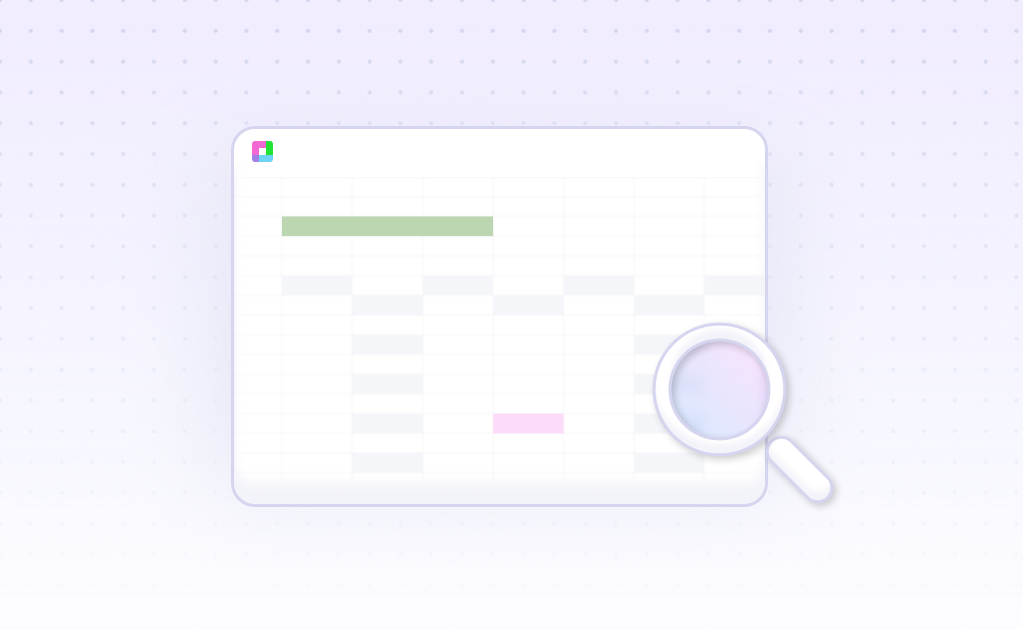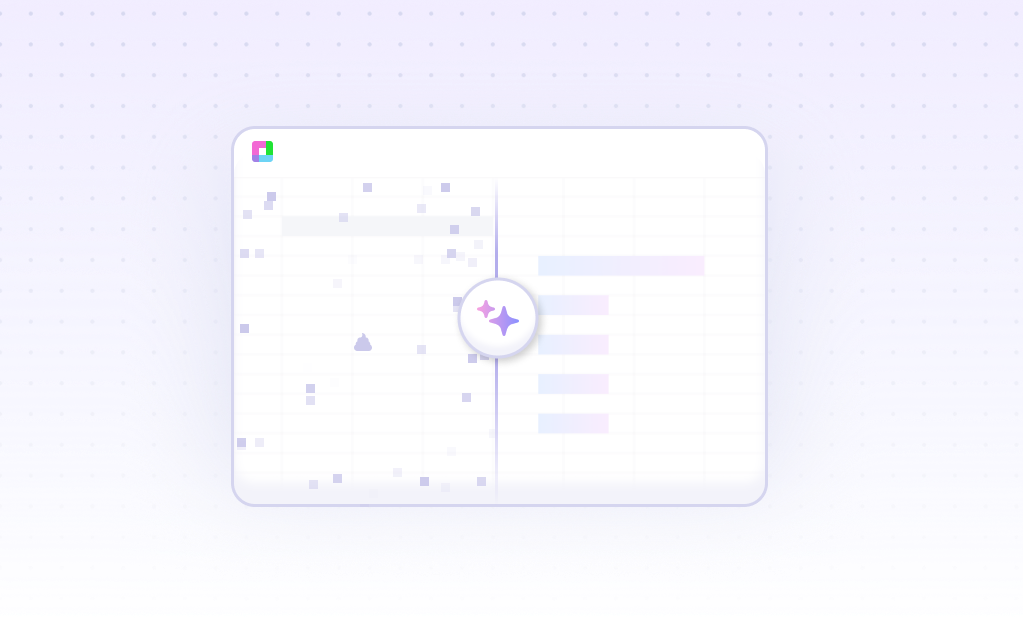
International finance analysis has never been more critical—or more complex. With markets operating across time zones, currencies fluctuating by the minute, and geopolitical events sending ripples through global economies, finance professionals need tools that can keep pace with this intricate dance of international capital.
Enter the modern reality: A portfolio manager in New York needs to assess European bond yields while monitoring Asian equity markets. A CFO at a multinational corporation must track currency exposure across twelve countries. A trade finance analyst evaluates credit risk for suppliers spanning four continents.
Traditional spreadsheet analysis often falls short when dealing with multi-currency datasets, real-time market feeds, and complex cross-border financial models. That's where AI-powered analysis transforms your approach to international finance.
Why International Finance Analysis Matters
Master global financial complexity with tools designed for the modern finance professional
Multi-Currency Analysis
Seamlessly analyze financial data across currencies with automatic conversion rates and hedging calculations
Real-Time Market Integration
Connect live market data feeds for instant analysis of global equity, bond, and commodity markets
Cross-Border Risk Assessment
Evaluate political risk, currency volatility, and regulatory compliance across international markets
Global Portfolio Optimization
Optimize asset allocation across geographic regions with sophisticated correlation analysis
Regulatory Compliance Tracking
Monitor compliance requirements across multiple jurisdictions with automated reporting
Economic Indicator Analysis
Track and analyze leading economic indicators from major economies worldwide
Real-World International Finance Scenarios
Currency Hedging Strategy Analysis
A multinational manufacturing company generates revenue in 15 different currencies but reports in USD. Their treasury team needs to develop an optimal hedging strategy to minimize foreign exchange risk while maximizing operational flexibility.
With AI-powered analysis, they can:
Emerging Market Investment Analysis
An institutional investor is evaluating opportunities in emerging markets across Asia, Latin America, and Eastern Europe. They need to assess relative valuations, political risks, and currency stability across dozens of potential investments.
The analysis includes:
Global Trade Finance Optimization
A major trading company manages supply chains spanning six continents, with payment terms ranging from 30 to 180 days. They need to optimize working capital while managing counterparty risk across diverse regulatory environments.
Their analysis framework covers:
Your International Finance Analysis Workflow
Transform complex global financial data into actionable insights with these proven steps
Data Integration & Normalization
Import financial data from multiple sources including Bloomberg, Reuters, local exchanges, and internal systems. Automatically normalize currencies, accounting standards, and data formats for consistent analysis.
AI-Powered Pattern Recognition
Let AI identify correlations between global markets, detect anomalies in currency movements, and flag potential risks across your international portfolio before they become critical issues.
Scenario Modeling & Stress Testing
Run sophisticated Monte Carlo simulations incorporating geopolitical events, interest rate changes, and currency shocks to test portfolio resilience under various global scenarios.
Automated Reporting & Alerts
Generate compliance reports for multiple jurisdictions, set up real-time alerts for risk thresholds, and create executive dashboards that update automatically with global market movements.
Common International Finance Applications
See how finance professionals leverage international analysis across different scenarios
Foreign Exchange Risk Management
Quantify FX exposure across business units, model hedging strategies, and optimize hedge ratios using advanced statistical methods and machine learning algorithms.
Cross-Border M&A Analysis
Evaluate acquisition targets in foreign markets, assess regulatory hurdles, perform currency-adjusted DCF analysis, and model integration risks across different legal systems.
International Credit Risk Assessment
Analyze counterparty risk across multiple jurisdictions, incorporate country risk premiums, and build comprehensive credit scoring models for global lending portfolios.
Global Cash Management
Optimize cash positioning across subsidiaries, minimize currency conversion costs, and ensure compliance with local banking regulations and capital controls.
Sovereign Debt Analysis
Evaluate government bond opportunities across emerging and developed markets, analyzing yield curves, credit spreads, and macroeconomic fundamentals.
International Tax Planning
Model transfer pricing strategies, optimize tax-efficient structures across jurisdictions, and ensure compliance with OECD guidelines and local regulations.
Advanced International Finance Analysis Techniques
Multi-Factor Currency Models
Beyond simple purchasing power parity, sophisticated currency analysis requires multi-factor models that incorporate interest rate differentials, current account balances, political stability indices, and central bank intervention patterns.
Modern AI approaches can process vast amounts of unstructured data—from central bank communications to social media sentiment—to enhance traditional econometric models. For instance, sentiment analysis of financial news can provide early warning signals for currency volatility.
Cross-Market Arbitrage Detection
With global markets operating across different time zones, temporary pricing inefficiencies create arbitrage opportunities. AI-powered systems can monitor price differentials across exchanges, accounting for transaction costs, regulatory constraints, and settlement timing.
The key is building models that can process real-time data feeds from multiple sources while incorporating the complex web of relationships between different asset classes and geographic regions.
Geopolitical Risk Quantification
Traditional financial models often struggle to incorporate geopolitical events. However, machine learning approaches can analyze historical patterns to quantify the impact of political developments on asset prices and currency movements.
By analyzing decades of market reactions to elections, policy changes, and international conflicts, AI models can assign probability-weighted scenarios to potential geopolitical outcomes and their financial implications.
Frequently Asked Questions
How do you handle real-time currency conversions in international analysis?
Our platform integrates with multiple financial data providers to ensure accurate, real-time exchange rates. We also maintain historical rate databases for backtesting and support both spot and forward rate calculations for hedging analysis.
Can the system handle different accounting standards across countries?
Yes, our AI can automatically detect and convert between major accounting standards including GAAP, IFRS, and local standards. This ensures consistent analysis when comparing companies or investments across different jurisdictions.
How do you incorporate country risk into investment analysis?
We integrate multiple country risk databases and use machine learning to analyze factors like political stability, regulatory environment, economic indicators, and historical default rates. This creates comprehensive country risk scores that update dynamically.
What data sources are supported for international market analysis?
We support major financial data providers including Bloomberg, Refinitiv, local exchanges, central bank feeds, and economic databases. The platform can also integrate proprietary data sources and alternative data sets.
How do you ensure compliance with international financial regulations?
Our compliance framework includes built-in checks for major regulatory requirements including MiFID II, Basel III, FATCA, and local regulations. We maintain updated regulatory databases and provide automated compliance reporting.
Can I perform stress testing on international portfolios?
Absolutely. Our platform includes comprehensive stress testing capabilities with pre-built scenarios for currency crises, geopolitical events, and market crashes. You can also create custom stress scenarios tailored to your specific risk profile.
How does the AI handle missing or incomplete international data?
Our AI uses advanced imputation techniques including time series analysis, cross-sectional interpolation, and machine learning models to estimate missing values. We also provide transparency indicators showing data quality and confidence levels.
What languages and regional formats are supported?
The platform supports multiple languages and automatically handles regional number formats, date conventions, and currency symbols. This ensures accurate analysis regardless of the source country or data format.
Transform Your International Finance Analysis
The world of international finance is complex, but your analysis tools don't have to be. Whether you're managing currency risk for a multinational corporation, evaluating emerging market investments, or optimizing global trade finance operations, AI-powered analysis can transform your approach.
The key is starting with a solid foundation—quality data, robust models, and the right analytical framework. From there, you can layer on advanced techniques like machine learning algorithms, alternative data sources, and real-time risk monitoring.
Remember, the goal isn't just to process more data—it's to generate better insights that drive smarter financial decisions. In international finance, where markets never sleep and opportunities emerge across time zones, having the right analytical tools can mean the difference between capturing alpha and missing the moment.
Ready to elevate your international finance analysis? Explore our advanced data analysis capabilities or dive into financial modeling techniques that can transform your global investment strategy.
Frequently Asked Questions
If your question is not covered here, you can contact our team.
Contact Us




